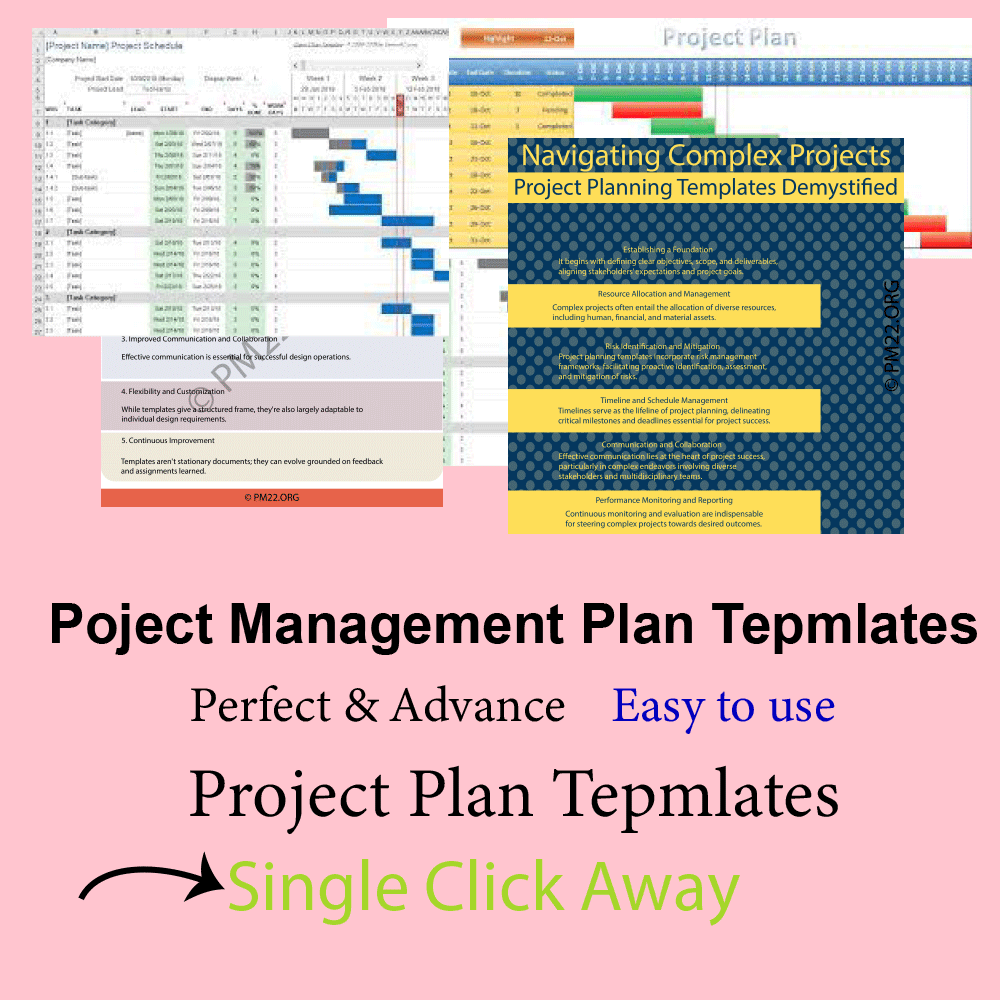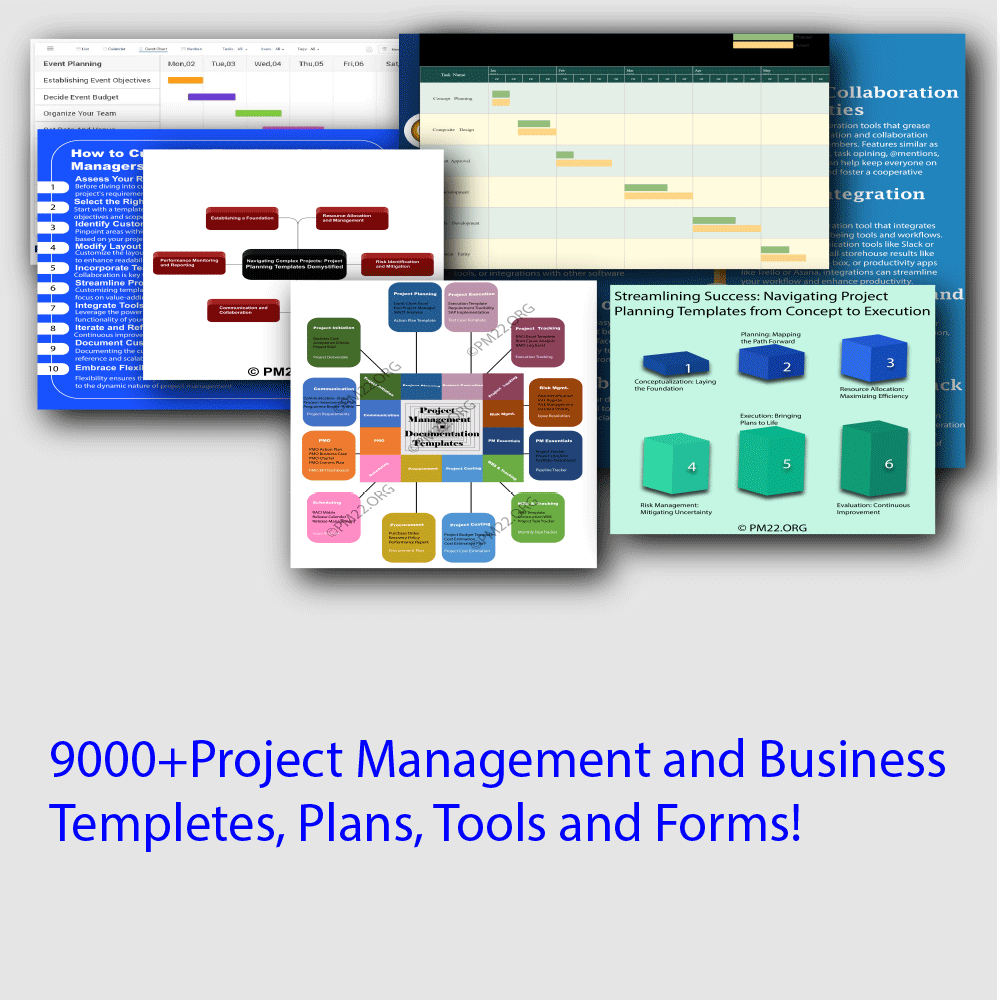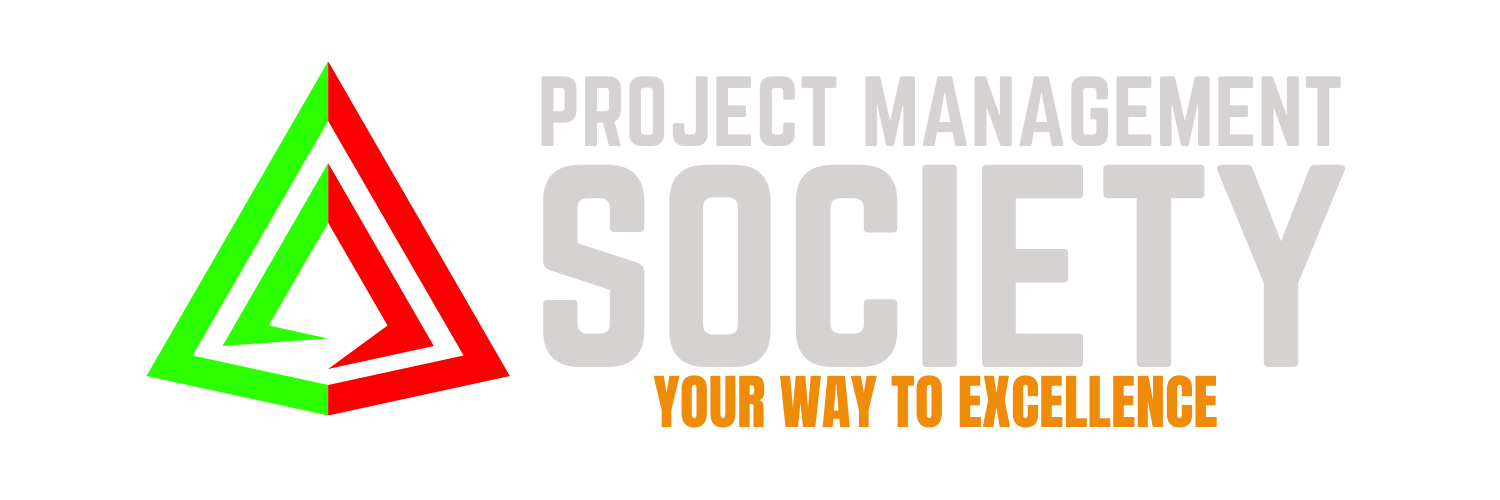 Building an Effective Project Timeline is one of the most critical steps in project management. It’s the backbone of your entire project, guiding every decision and helping keep the team on track. But while it sounds straightforward, building an effective project timeline requires thoughtful planning and attention to detail. Let’s walk through how you can create a solid timeline that meets deadlines and adapts to the inevitable changes that occur during project execution.
Building an Effective Project Timeline is one of the most critical steps in project management. It’s the backbone of your entire project, guiding every decision and helping keep the team on track. But while it sounds straightforward, building an effective project timeline requires thoughtful planning and attention to detail. Let’s walk through how you can create a solid timeline that meets deadlines and adapts to the inevitable changes that occur during project execution.
Understand the Project Scope
Before creating a timeline, you must thoroughly understand the project scope. This involves clearly defining the project’s goals, deliverables, and deadlines. Without this clarity, your timeline can quickly become a mess of shifting dates and confusion.
Start by asking yourself: What are the objectives of this project? What are the major milestones we need to hit? How flexible are the deadlines? Defining these elements ensures that your timeline will be accurate and aligned with the overall goals.
Break Down the Project into Phases
Every project has phases—whether it’s planning, execution, or completion. Breaking down the project into phases makes it easier to manage and track progress. Think of each phase as a mini-project with its deadlines and deliverables. This approach allows you to maintain focus while ensuring that the project stays on schedule.
For example, if you’re managing a website redesign, your phases could include design, content creation, development, and testing. Each of these phases will have its own set of tasks and deadlines that contribute to the overall project.
CLICK HERE TO DOWNLOAD 300+ PROJECT MANAGEMENT TEMPLATES & DOCUMENTS IN EXCEL
Identify Key Tasks and Dependencies
Once you have your phases in place, it’s time to identify the key tasks required to complete each phase. The key here is not just listing tasks but understanding their dependencies. Some tasks can’t begin until others are completed, so it’s essential to map out these relationships.
For instance, content creation might depend on design approval. If the design phase is delayed, content creation will also be delayed, potentially pushing back the entire timeline. Knowing these dependencies helps you anticipate bottlenecks and adjust your timeline accordingly.
Estimate Time for Each Task
One of the biggest challenges in building a project timeline is estimating how long each task will take. Being overly optimistic can cause delays while overestimating can lead to wasted time and resources. The best approach is to base your estimates on past projects and involve team members who will be doing the work.
Discuss timeframes with your team and factor in any potential risks or roadblocks. For example, if you know a key team member will be out for a week, build that into your timeline. Aim for realistic, yet slightly padded estimates to account for the unexpected.
Assign Responsibilities
A timeline without clear responsibility assignments is like a map without directions. Once you’ve identified tasks and estimated time, assign each task to a specific person or team. Clarifying who is responsible for what ensures accountability and keeps the project moving forward.
When assigning tasks, consider each team member’s strengths, workload, and availability. Effective delegation not only helps distribute work evenly but also enhances the quality of the deliverables. Always make sure that team members are aware of their responsibilities and the deadlines they need to meet.
Set Milestones
Milestones are critical checkpoints that mark the completion of key phases or deliverables. They are essential for tracking progress and ensuring that the project is staying on course. Incorporating milestones into your timeline adds structure and provides the team with a sense of accomplishment as they reach each one.
For example, hitting the “design completed” milestone means you’re ready to move on to the development phase. These milestones can also serve as moments to reassess and adjust the timeline if needed. They provide a natural pause where you can ensure everything is still on track.
Build in Flexibility
No matter how perfectly you plan your timeline, things will not always go as expected. That’s why it’s crucial to build in some flexibility. Whether it’s a buffer period between phases or contingency plans for high-risk tasks, allowing room for adjustments can save your project from derailing.
For instance, if you estimate the content creation will take two weeks, schedule three weeks in the timeline. This gives you a cushion in case of unforeseen delays. Building flexibility doesn’t mean you’re anticipating failure; it means you’re prepared for the realities of project management.
CLICK HERE TO DOWNLOAD 300+ PROJECT MANAGEMENT TEMPLATES & DOCUMENTS IN EXCEL
Use the Right Tools
Managing a project timeline manually can be overwhelming, especially with complex projects. This is where project management tools come into play. Tools like Microsoft Project, Asana, or Trello can help you visualize your timeline, track progress, and communicate with your team.
These tools often have built-in features for task dependencies, milestones, and notifications, making it easier to stay organized. They also provide a central place where everyone can see the timeline, making communication and collaboration more effective.
Monitor and Adjust the Timeline Regularly
Even with the best planning, project timelines need regular monitoring. Checking in frequently ensures that you catch any delays or issues before they become significant problems. Weekly or bi-weekly check-ins with your team are a great way to review progress and make necessary adjustments.
If you notice that a certain phase is taking longer than expected, adjust your timeline and communicate the changes to everyone involved. The more proactive you are in monitoring the timeline, the less likely it is that things will spiral out of control.
Conclusion
Building an Effective Project Timeline is all about planning, communication, and flexibility. By understanding the project scope, breaking it down into phases, estimating time accurately, and monitoring progress, you can create a timeline that keeps your project on track from start to finish. Remember, timelines are living documents—don’t be afraid to adjust them as needed to reflect the realities of your project.
